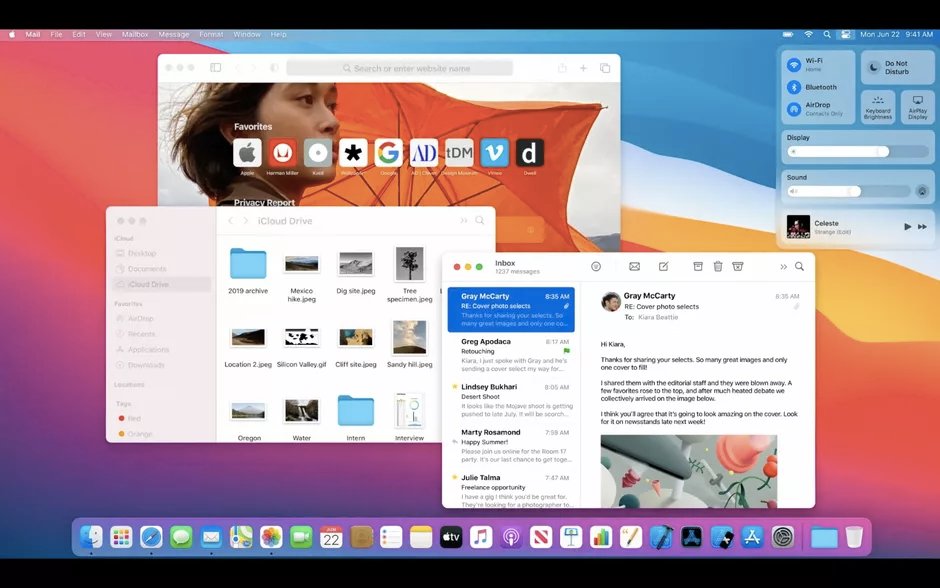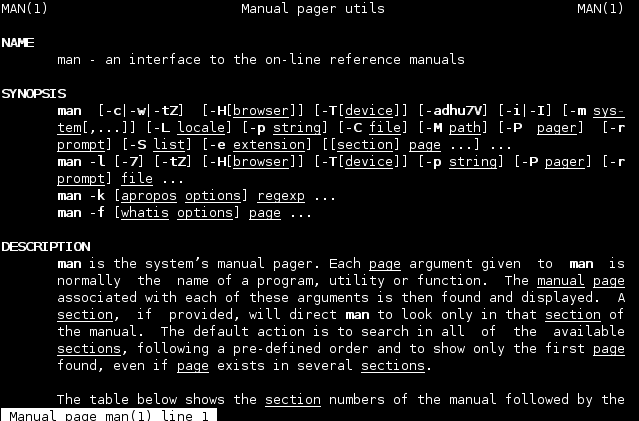
I wrote a data vis article with @s3ththompson for the @ParametricPress!
It's about the role of fossil fuel companies in climate change, and how we can pressure them to be part of the solution.
Make sure to scroll all the way to the bottom... 🤓
parametric.press/issue-02/corpo…
It's about the role of fossil fuel companies in climate change, and how we can pressure them to be part of the solution.
Make sure to scroll all the way to the bottom... 🤓
parametric.press/issue-02/corpo…
100% of the credit for this interactive 3D scene goes to @s3ththompson. It's amazing how adding 3D into the mix totally explodes the space of design possibilities...
Was fun learning this stack for the emissions visualization:
- @idyll_lang as base article framework, with scrollytelling module powered by the scrollama library
- react + react-spring for DOM rendering and animations
- d3 for math and data processing
- @idyll_lang as base article framework, with scrollytelling module powered by the scrollama library
- react + react-spring for DOM rendering and animations
- d3 for math and data processing
I gotta say I was surprised by how much work it takes to do a polished scroller visualization 😅
Highly recommend this tutorial which explains how to fit d3 and react together -- it's a lovely combination when done right
wattenberger.com/blog/react-and…
Highly recommend this tutorial which explains how to fit d3 and react together -- it's a lovely combination when done right
wattenberger.com/blog/react-and…
Another really cool thing about @ParametricPress: they distribute digital archives for longevity.
This is SO important for moving past PDFs into the age of interactive media. The tech exists, just gotta start doing it!!
This is SO important for moving past PDFs into the age of interactive media. The tech exists, just gotta start doing it!!
https://twitter.com/ParametricPress/status/1318261297067089920
I also see @ParametricPress as a fascinating experiment in truly organizing a publication to produce interactive media... We worked with our editor @mathisonian over many months on everything from story concept to debugging babel compilation pipelines 😂 

A challenge I'm pondering: this project required a lot of intricate programming, and it feels urgent to enable more people to make interactive media without mucking around in code.
@idyll_lang is on the right track, but so much space to explore...
worrydream.com/#!/DynamicPict…
@idyll_lang is on the right track, but so much space to explore...
worrydream.com/#!/DynamicPict…

• • •
Missing some Tweet in this thread? You can try to
force a refresh









